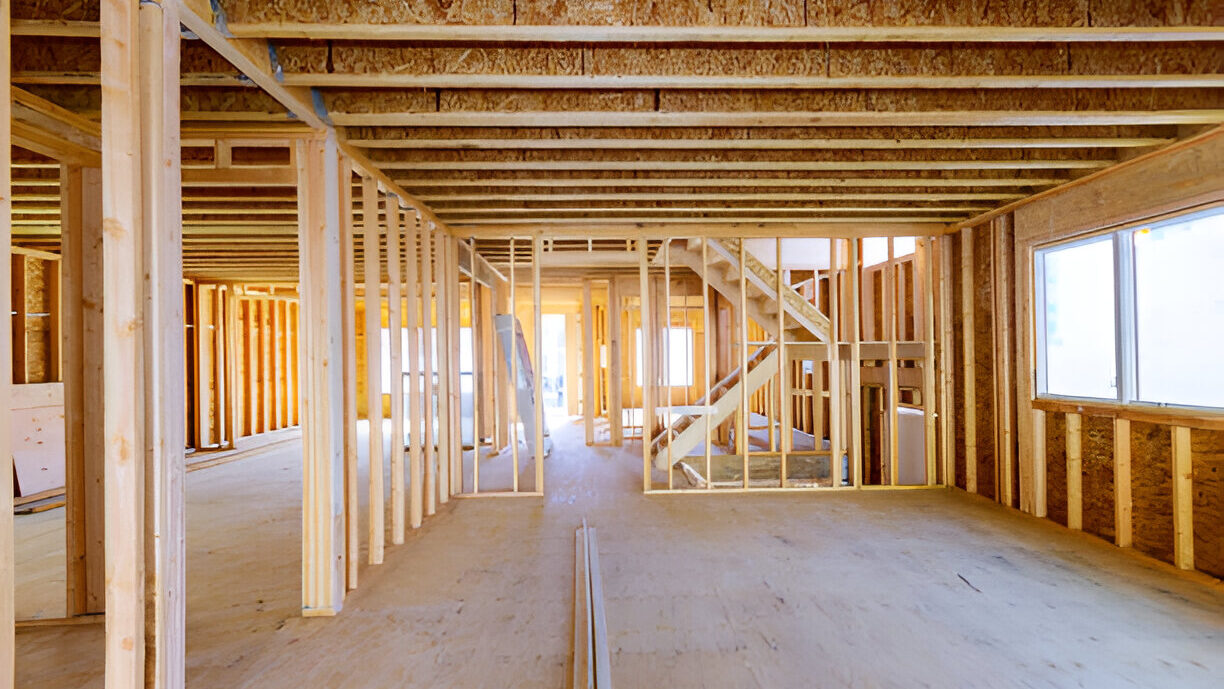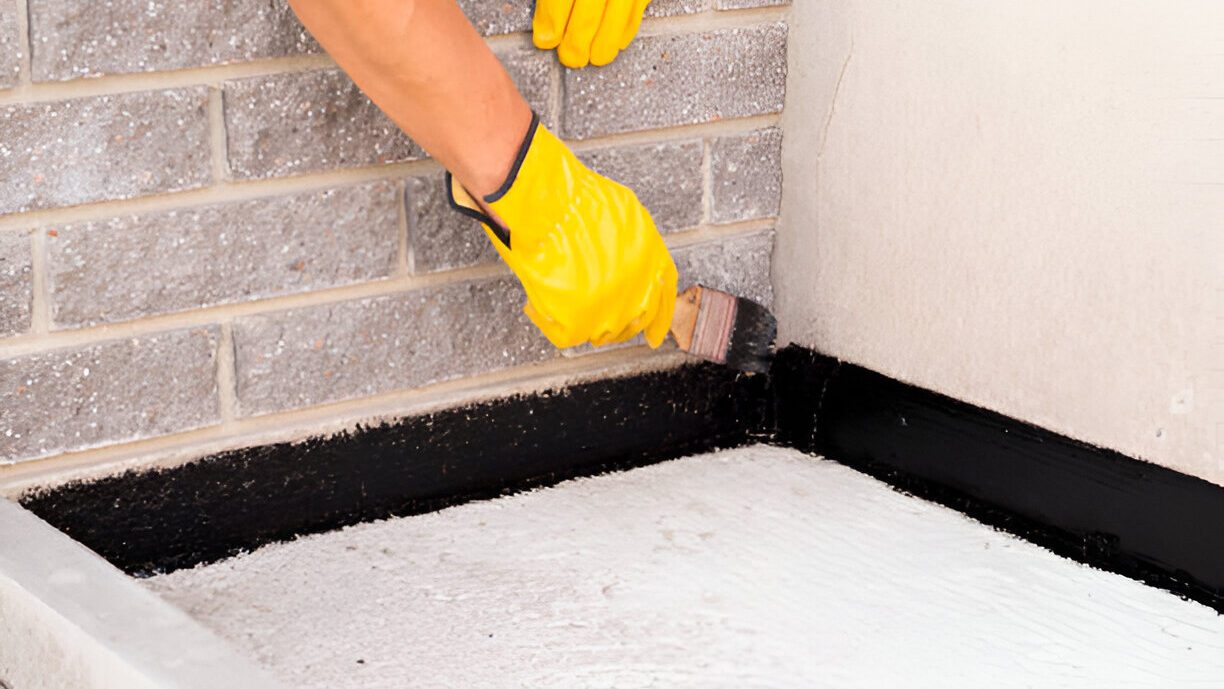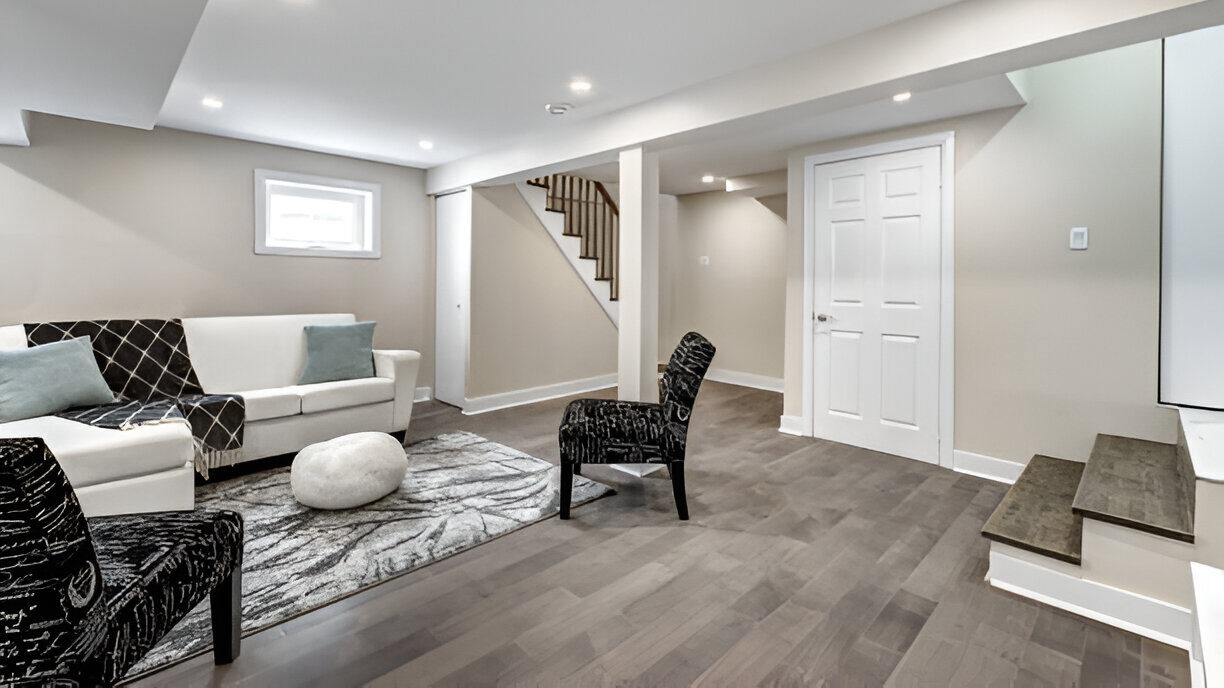
Building a basement in an older home is no small task, but with the right approach, you can add valuable space and increase the home’s value. Whether you’re thinking of adding a basement to your existing home or renovating an old one, understanding the process is key. In this guide, we’ll walk you through how to build a basement and offer expert tips for older homes in 2024.
To achieve a successful basement project, it’s crucial to understand the unique characteristics of older homes. Factors like foundation integrity and local building codes can significantly impact your renovation plans. This guide will help you navigate these challenges while ensuring your new basement is both functional and stylish, enhancing your home’s overall appeal.
1. Why Build a Basement in an Older Home?
Basements provide extra living space, storage, and even a place to escape extreme weather conditions. In older homes, which often lack modern features, adding a basement can significantly increase property value. Moreover, it’s a great way to make use of the available space beneath your home.
You might wonder how are basements constructed in older homes. Typically, older homes were built without basements or with very shallow ones. Renovating or constructing a new basement foundation can give your home a fresh lease on life, adding both functionality and appeal..
2. Assessing the Structural Integrity
Before diving into how to build a basement, you must assess the structural integrity of your home. Older homes may have outdated construction techniques, and you’ll need to ensure that the existing foundation can support the addition of a basement.
Hiring a structural engineer is crucial for evaluating the load-bearing capacity and the soil conditions around your home. These assessments will inform the type of basement foundation construction necessary for your project.
3. Excavation: The First Step
One of the first things to understand about how a basement is built is the excavation process. For older homes, this step is particularly challenging as you may be working in confined spaces with limited access.
Excavation involves digging beneath the existing structure, which requires careful planning to avoid disturbing the house’s foundation. Depending on the size of the basement and soil conditions, this process could take anywhere from a few days to a couple of weeks.
4. Choosing the Right Foundation

The basement foundation construction is the backbone of your entire project, especially when considering how to build a basement in an older home. Older homes often have stone or brick foundations, which may not be suitable for modern basements. You’ll need to decide whether to underpin the existing foundation or opt for a completely new one when building a basement.
Modern materials like poured concrete are often used in how to construct a basement today. These materials provide superior strength and moisture resistance, ensuring your basement remains dry and stable for years to come.
5. How Long Does It Take to Build a Basement?
If you’re wondering how long does it take to build a basement, the answer can vary. For older homes, expect the process to take longer than building a basement in new construction.
On average, a basement project in an older home could take anywhere from 6 to 8 weeks. However, delays could occur if structural issues are discovered or if additional work, such as reinforcing the foundation, is required. Understanding how to construct a basement efficiently will help you plan accordingly and minimize unexpected delays.
6. Waterproofing Your Basement

Waterproofing is one of the most critical steps in learning how to construct a basement. Older homes often have drainage problems, and adding a basement without proper waterproofing can lead to moisture issues, mold, and flooding.
Ensure that you include a comprehensive drainage system, seal any cracks, and apply waterproofing membranes to the walls and floors. These steps are essential for maintaining a dry and functional basement.
7. Ventilation and Insulation
Proper ventilation and insulation are often overlooked when people ask how do you build a basement. Older homes may not have modern insulation, and the basement could become too cold or damp without the right solutions.
Insulating the walls and floors helps regulate the temperature and prevents moisture buildup. Ventilation, on the other hand, ensures that air flows freely, reducing the risk of mold and musty smells.
8. Creating Livable Spaces
One of the best parts about building a basement is turning it into a livable space. Whether you plan to add an extra bedroom, a family room, or a home office, you need to think about how the space will be used.
Consider factors like natural light, as basements in older homes often lack windows. Incorporating egress windows can solve this issue while also meeting local building codes.
9. Cost Considerations and ROI
Finally, how much does it cost to build a basement? For older homes, costs can vary widely based on the scope of the project and the condition of the existing foundation. However, constructing a basement can provide a high return on investment, especially if it adds valuable square footage.
Expect to spend anywhere from $50,000 to $100,000 for a basement renovation or new construction. Keep in mind, though, that a well-built basement can boost your property’s value by as much as 20%.
Read Also: What Is Brick Pointing? Top 5 Incredible Benefits Explained.
10. Adding a Touch of Luxury to Your Basement

Basements are no longer just dark, unused spaces. With modern basement construction, you can transform this area into a luxurious living space. If you’re wondering how to build a basement that feels upscale, consider incorporating high-end finishes like hardwood floors, custom lighting, and elegant design features. These enhancements can significantly improve the functionality of the space while elevating the overall aesthetic of your home.
Whether you envision a home theater, gym, or wine cellar, a luxurious basement can make your home feel like a private retreat. Understanding how a basement is built with these features in mind can help you create a comfortable and stylish environment. By integrating luxury elements into your basement design, you’ll enhance its appeal and value.
11. Luxury Basement Features to Consider
When planning your basement renovation, think about including luxury features that will make the space stand out. Upgrading the flooring with heated options, adding a spa-like bathroom, or installing a cozy fireplace can bring an elevated level of comfort and style to your basement. If you’re exploring how to build basement areas with these upgrades, consulting with professionals can help ensure the best results.
These high-end touches turn your basement into more than just extra square footage; they create a luxurious extension of your home where you can relax and enjoy life. Whether you’re hosting guests or unwinding after a long day, your luxurious basement will provide the perfect setting, enhancing both the experience of your home and its overall value.
Let Apex Construction Handle Your Basement Project
Ready to start your basement project? Apex Construction specializes in building basements for older homes. Our team ensures a smooth process from start to finish, focusing on quality and durability. Contact us today to discuss your needs!
FAQs
How long does it take to build a basement?
The timeline for building a basement can vary, but on average, it takes between 4 to 8 weeks, depending on factors like the size, soil conditions, and the complexity of the basement foundation construction.
Is it possible to build a basement under an existing house?
Yes, it is possible to build a basement under an existing house, but it requires specialized techniques, such as underpinning. This involves strengthening the foundation before constructing the basement.
How can I fix old basement walls?
To fix old basement walls, you need to inspect for cracks or damage. The repair process might involve sealing leaks, applying waterproofing solutions, and patching up cracks with concrete. In some cases, walls may need reinforcement for structural integrity.
How can I fix up an old basement?
Fixing up an old basement includes addressing moisture issues, upgrading the flooring, improving insulation, and enhancing the lighting. This process can revitalize your space, making it functional and comfortable.
